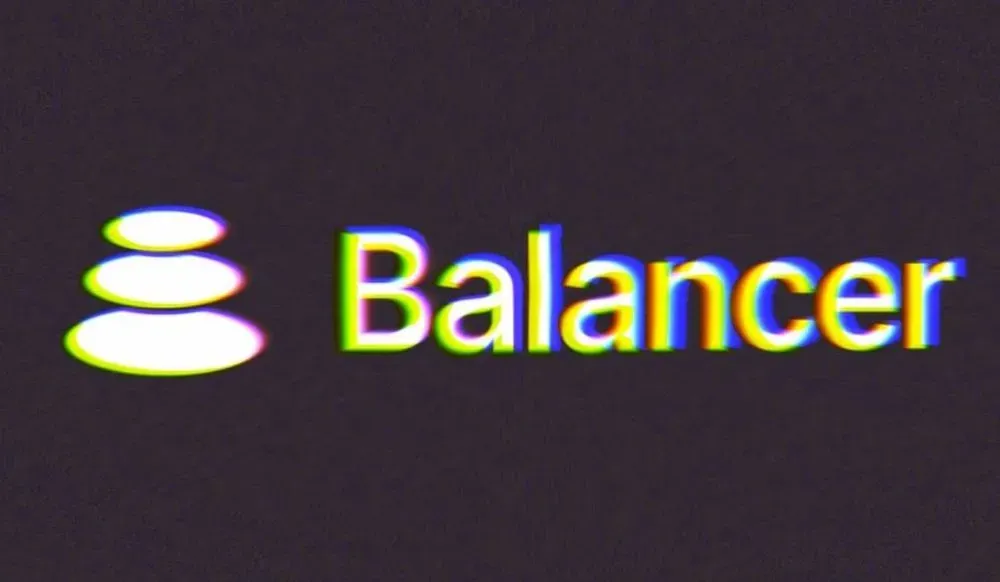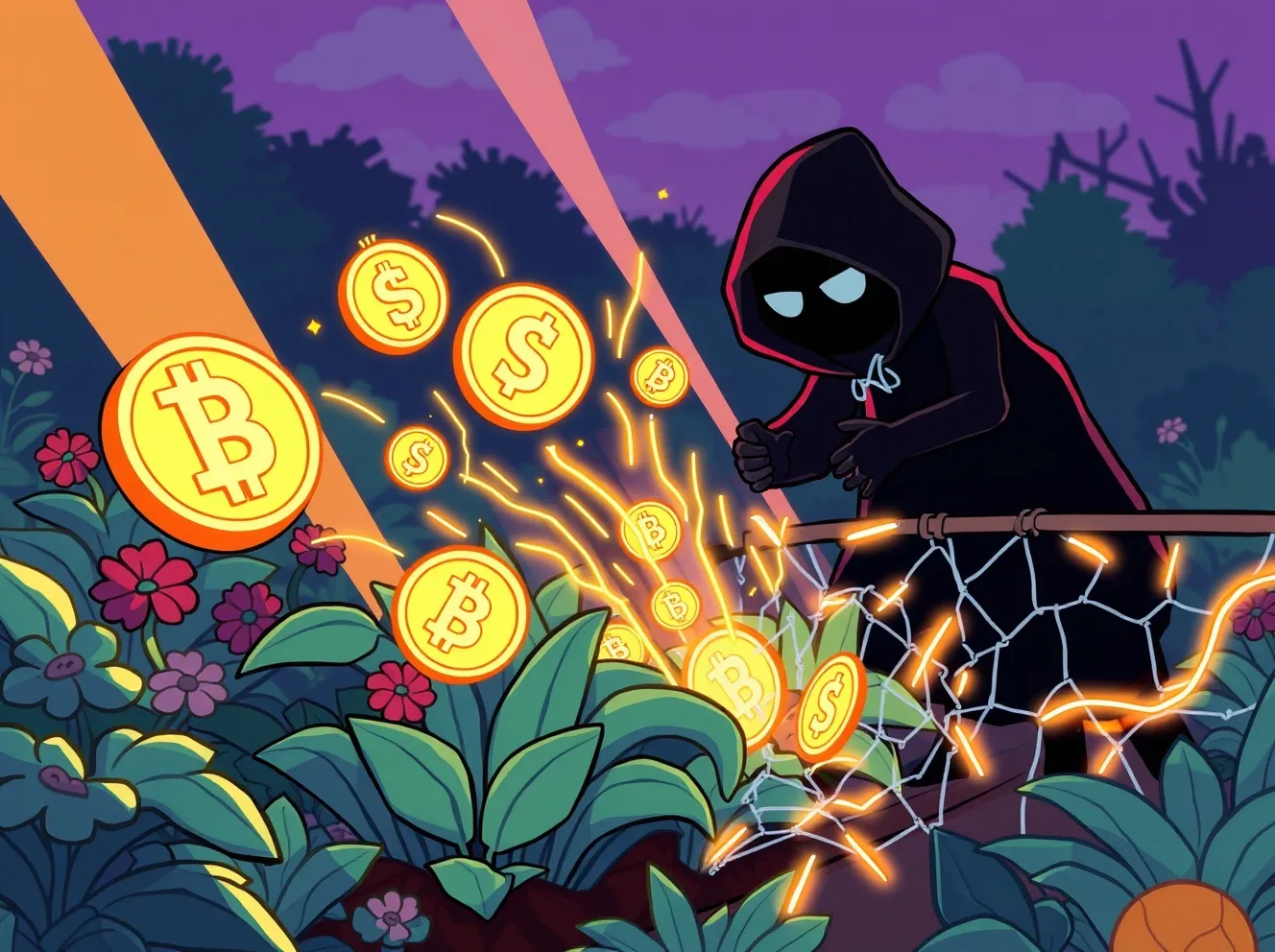BlockSecOps Blog
Expert insights on Web3 security, smart contract vulnerabilities, and the latest in blockchain DevSecOps
Articles

Balancer V2 Loses $128 Million in Sophisticated Multi-Chain Exploit
On November 3, 2025, Balancer V2 suffered its largest security breach to date when attackers exploited an access control vulnerability to drain **$128.6 million** across seven blockchains. The exploit targeted V2 Composable Stable Pools through a sophisticated two-pronged attack combining access control bypass with precision rounding manipulation, affecting not only Balancer but 27+ protocol forks sharing its codebase. Despite 11 comprehensive security audits from top-tier firms including OpenZeppelin, Trail of Bits, Certora, and ABDK, the vulnerability remained undetected in production code that had been operational for several years, marking this as Balancer's third major breach since 2020 and raising fundamental questions about current DeFi security practices.

$10.8M Garden Finance Hack: Multi-Chain Exploit Strikes Days After Money Laundering Claims
Garden Finance fell victim to a significant security breach this week, with losses currently estimated at $10.8 million across multiple blockchain networks. The timing proved particularly notable, as prominent blockchain investigator ZachXBT had publicly called out the platform for allegedly enabling money laundering activities just days before the attack.

Top Rust Smart Contract Vulnerabilities in 2025: Real-World Examples and Fixes
As Rust-based blockchain platforms like Solana continue to gain traction in 2025, understanding common security vulnerabilities has become critical for developers building decentralized applications. While Rust's memory safety guarantees eliminate entire classes of bugs, smart contract development introduces unique challenges that can lead to severe exploits. In this comprehensive guide, we'll explore the most prevalent Rust smart contract vulnerabilities discovered in 2024-2025, complete with vulnerable code examples and their fixes.